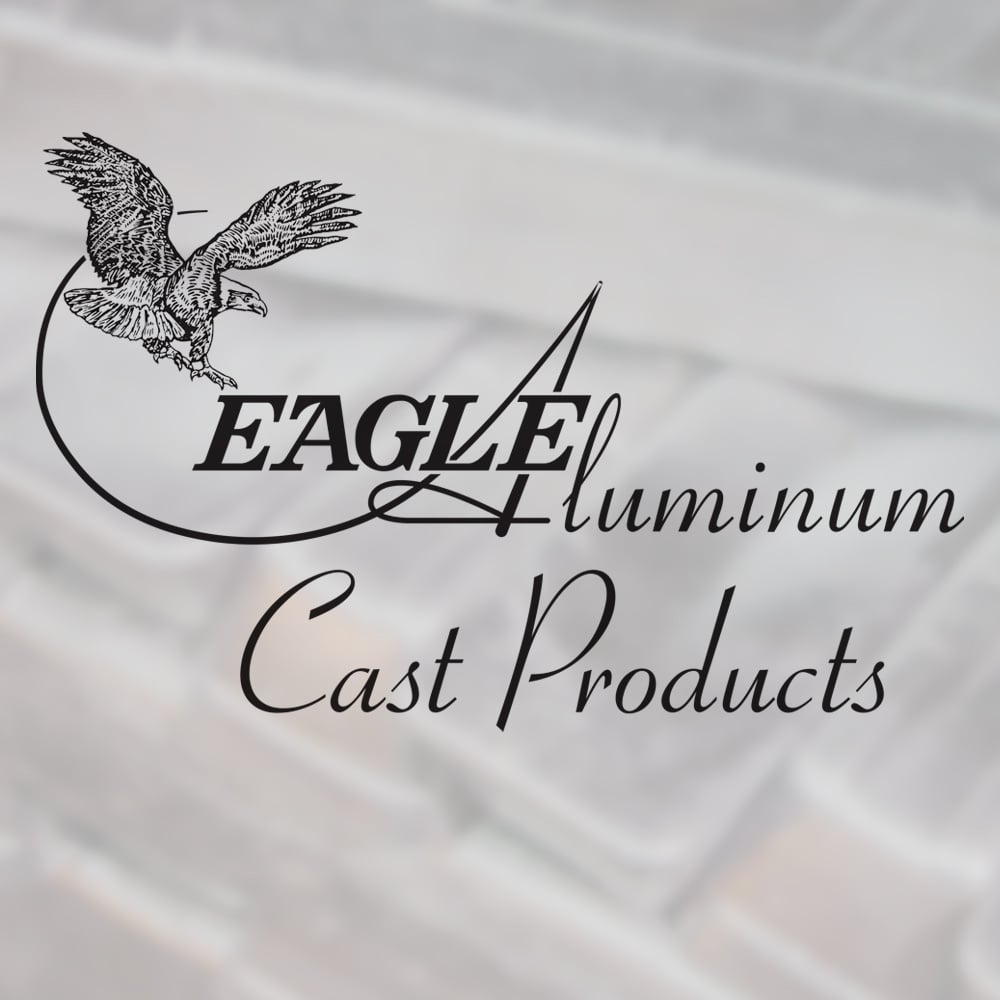Lean Manufacturing and Castings

Looking to lower the cost of your casting purchases?
The key is to find a foundry that incorporates lean manufacturing principles into the process.
The lean manufacturing process focuses on identifying ways improve quality while reducing waste, and companies that employ lean processes often find that it lowers their costs over time. Castability, bottleneck solutions and optimizing cycle time are three lean principles that, when applied to manufacturing castings, can reduce costs and lower your purchasing price.
Castability
Castability is referred to in the foundry as a “molder’s bane.” The molder is looking for a casting design that is forgiving of variations in pouring speed and metal temperature and is also easy to eject. Does the casting have thin walls, sharp edges, deep pockets or a good metal feed path? Will it be possible to cast multiple cavities? By working with the right foundry and engineers, a highly castable design can be developed. Tackling these issues in the design stage can reduce costs of scrap and lost time, which can in turn drive down the overall price of each casting.
Bottleneck Solutions
Bottlenecks are where the production of castings build up instead of moving smoothly through the process, causing in a backlog of cast parts being stuck behind the buildup. In foundries, bottlenecks often happen in the cleaning room. This is why lean manufacturing practices focus heavily on improving cleaning processes to prevent these delays. The size of the casting, the time required and the type of cleaning needed will determine the best solutions to move castings through the bottleneck and unleash the productivity of the process. Higher productivity leads to lower manufacturing costs, which can drive down the price of the casting.
Optimizing Cycle Time
Optimizing cycle time isn't always about reducing a cycle time. Sometimes, optimization is achieved by extending a cycle time to reduce the number of employees needed to manufacture the casting. For instance, increasing the cooling time of the casting might allow a secondary process to be integrated into the molding function. This consolidation of functions may necessitate fewer employees, freeing them up to work on other tasks. In other words, requiring fewer employees to produce a casting lowers manufacturing costs, which in turn reduces the price of the casting.
Ask Your Foundry About Lean Manufacturing
When buying cast parts from a foundry, always ask about their use of lean manufacturing principles. If the foundry doesn’t know what you’re talking about, it's a red flag indicating they might not use these essential practices. Lean manufacturing is vital because, without it, you could end up throwing good money on poor-quality castings.
Often, a simple design change, reduced specification requirement, or the foundry's capability to apply lean manufacturing principles can help you get better quality castings at a lower price.
Tags: Lean Manufacturing

Written by Jim Smith, Jr.
Jim Smith, Jr. is the Technical & Sales Manager at Eagle Aluminum Cast Products in Muskegon, MI. Given his father’s career as a mechanical engineer, Jim grew up in foundries and often used castings his father brought home as toys. During his college years and into his first jobs, Jim developed skills in quality, engineering and customer service. Jim joined Eagle Aluminum in 2012 as a Technical Analyst and now manages all of the company’s Technical and Sales functions.




